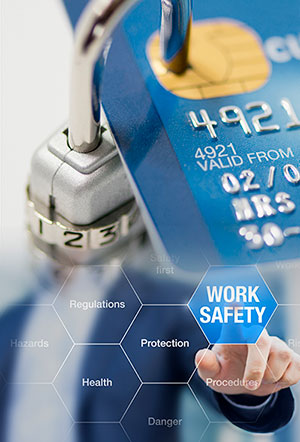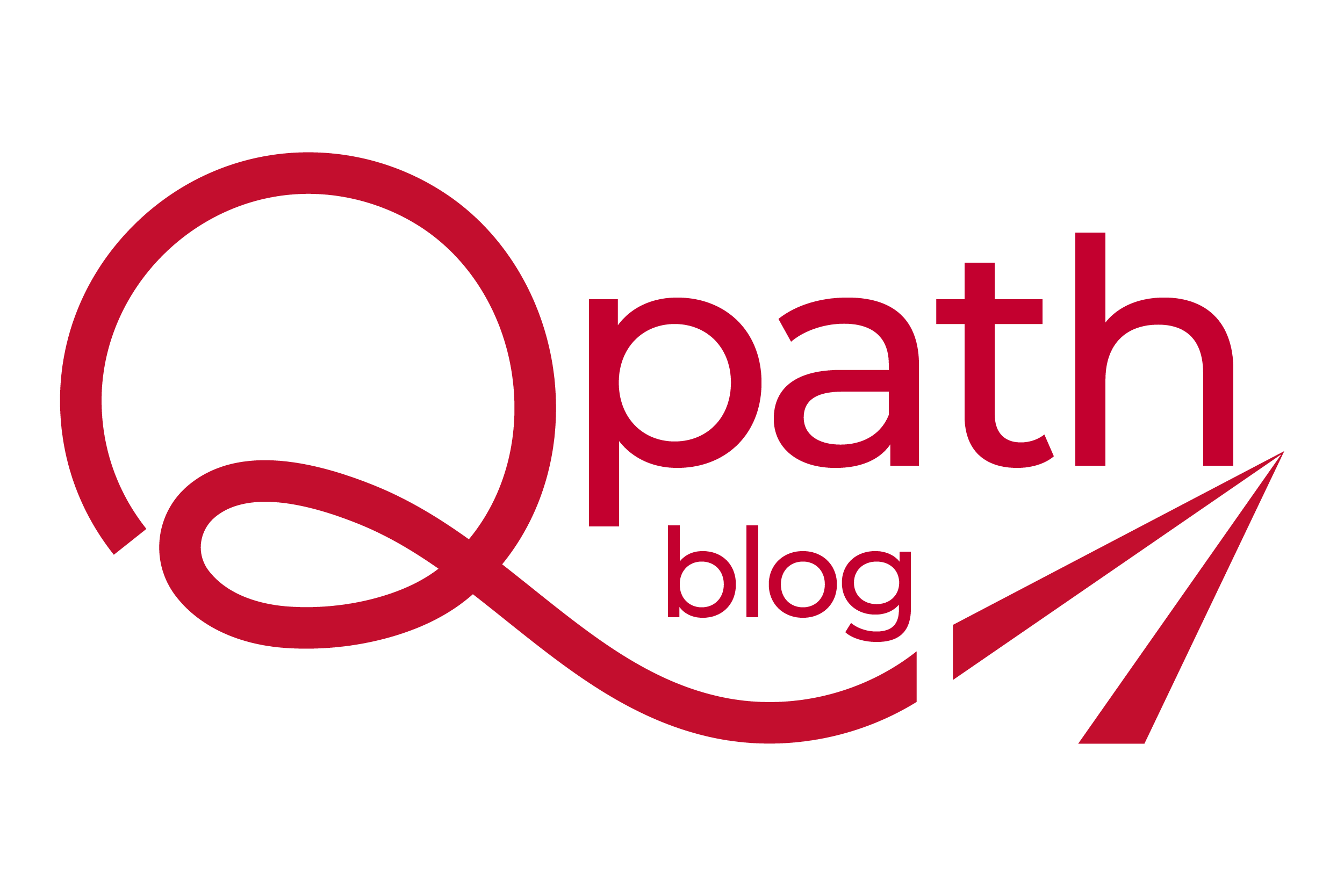From drug and patient safety to cyber safety and personal safety – pharmacies must always be on top of their game. The healthcare industry is always evolving, from drug scheduling to processing credit card transactions. An article in Pharmacy Times explained it best, “Pharmacists are like the umpires of the health care game. They enter, verify, and triple check prescriptions, orders, and final products until they are satisfied.”1
Drug/Patient Protection
Drug/patient safety is easily the most important and is often the first to come to mind when safety procedures are mentioned to pharmacists. Pharmacists are not only the best trained to help ensure patients adhere and comply with their medication regimens, but they are often the most accessible as well. Pharmacists set the standard when it comes to pharmacy staff and carry the bulk of the responsibility. However, QS/1 offers a range of options within the software to help lighten the load. From workflow to clinical checking to patient adherence and counseling, QS/1 strives to offer the best tools available.
Workflow is a dynamic tool that streamlines prescription processing and increases efficiency. Many QS/1 Customers use Workflow to its fullest potential, while others only use bits and pieces of it, and that is what’s great about it. It can be customized to fit your pharmacy’s needs. Workflow is the structured process of prescription filling that results in accurate delivery of products and services to patients. A built-in system of edits and interventions in the dispensing procedures ensures pharmacies deliver the correct drugs with the correct information to the correct patients. Workflow has the following queues:
- Prescription Intake
- New Order Entry
- Verify New Orders
- Label/Dispensing
- Quality Assurance Check
- Delivery/Will Call
- Error Resolution
QS/1 features also include counseling, clinical checking and patient adherence, which continues to expand its reach. Medication Possession Ratio (MPR) percentages, Cycle Rx, Health-Minder®, Interactive Voice Response (IVR) Callout, Tickler and Medication Therapy Management (MTM) fall under patient adherence.
Cyber and Payment Security
 Cyber security is an ongoing battle. Pharmacies must not only protect their computers from viruses but must also think about processing credit card transactions safely and securely in addition to other things.
Cyber security is an ongoing battle. Pharmacies must not only protect their computers from viruses but must also think about processing credit card transactions safely and securely in addition to other things.
Are you Payment Card Industry (PCI) compliant? PCI is a set of security standards designed to ensure that all merchants that accept, process, store or transmit credit card information comply with a set of standards: “maintain a secure network, protect cardholder data, maintain a vulnerability program, implement strong access control measures, regularly monitor and test networks and maintain an information security policy.”2 PCI certification can be overwhelming, but it’s a big deal that demands your attention. Depending on the credit card processor, different services are available to ensure compliance. QS/1 obtains yearly certifications for the Payment Card Industry Data Security Standard (PCI-DSS) and Payment Application Data Security Standard (PA-DSS).
The EuroPay, MasterCard and Visa (EMV) deadline occurred in October 2015. The initiative is voluntary and seeks to reduce credit card fraud. EMV smartcards use chip technology that produces a different transaction code each time it is used. This makes it more difficult to duplicate card information, if the card is compromised. If you haven’t taken the proper precautions, liability shifts to you. MasterCard defines the shift as follows: “The party, either the issuer or merchant, who does not support EMV, assumes liability for counterfeit card transactions.”3 From January 2015 – December 2015, globally, 35.8 percent of transactions were EMV. In the United States, only 1.98 percent of card-present transactions were EMV.4 That number is destined to increase. QS/1 offers a Point-of-Sale system with EMV-processing capability and is currently certified with Global and Heartland.
QS/1 also offers End-to-End Encryption (E2EE) in its Point-of-Sale system. E2EE technology encrypts card data immediately at the entry point of a merchant’s point-of-sale device (example: signature pad) to a point of secure decryption outside the merchant’s environment (example: QS/1’s PCI-certified Data Center). This technology protects card data from RAM scraper types of malware that steal card data from the register’s RAM and can reduce the PCI scope.
For QS/1 Customers who store credit-card data for recurring charges, we offer tokenization. Once a credit card is added or processed, the number is converted into a token and stored in a database which makes it harder to decrypt. This protects the data at rest and can also reduce PCI scope.
Personal Safeguards
Though drug/patient and cyber/payment security are paramount, it’s also important to safeguard your pharmacy and those who are the heart of your operation. Ensure the workplace is safe for employees. Identify biological and chemical hazards. Train your employees how to handle aggressive or violent encounters. If more direction is needed, review the list of hazards on the Health and Safety Authority (HSA) website. The HSA is a group that enforces health and safety regulations for all types of businesses.
Safety elements are essential to the success of your business and, if not heeded, pose a threat to the livelihood of your operation. If you have questions about the features described, contact your account representative. To share ideas with your peers and QS/1 and garner feedback, visit QS/1 Customer Connection via www.qs1support.com.
Sources:
1 Lofgren, Beth, Pharm.D., BCPS. “Safety Culture in Pharmacy.” Pharmacy Times. Oct. 8, 2015. Web. 26 Aug. 2016. http://www.pharmacytimes.com/contributor/beth-lofgren-pharmd-bcps/2015/10/safety-culture-in-the-pharmacy
2 “What Is PCI Compliance And Should Merchants Be Concerned About It?” Practical Ecommerce. Dec. 12, 2007. Web. 26 Aug. 2016. http://www.practicalecommerce.com/articles/629-What-Is-PCI-Compliance-And-Should-Merchants-Be-Concerned-About-It-
3 “Will Retailers be Ready for EMV by Oct 2015?” FIS. Oct. 16, 2013. Web. 27 Aug. 2016. http://www.paymentsleader.com/will-retailers-be-ready-for-emv-by-oct-2015
4 “Worldwide EMV Development Statistics.” EMVCo. 2015. Web. 6 Sept. 2016. http://www.emvco.com/about_emvco.aspx?id=202
Additional Resource:
http://www.hsa.ie/eng/Your_Industry/Healthcare_Sector/Occupational_Hazards_in_Hospital_Departments/Department_Hazards/Pharmacy/

Comments (0)